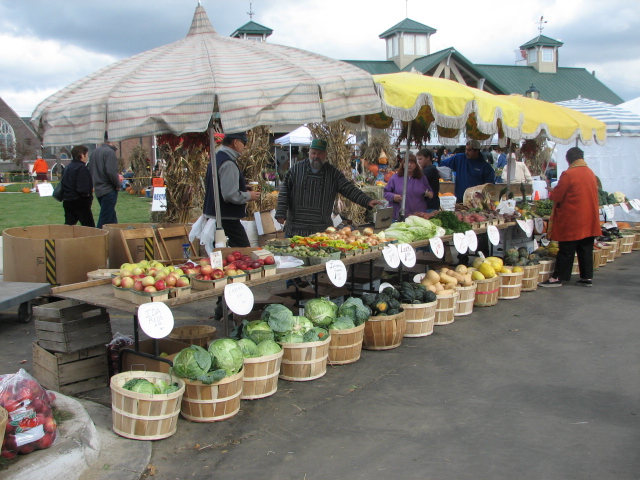|
Bath Green Park Railway Station
Green Park railway station is a former railway station in Bath, Somerset, England. For most of its life, it was known as ''Bath Queen Square''. Architecture and opening Green Park station was opened in 1870 as the terminus of Midland Railway's Mangotsfield and Bath Branch Line. The station buildings were designed by the Midland Railway architect John Holloway Sanders. It was built in an elegant style which blends well with the Georgian buildings around it and includes a vaulted glass roof in a single-span wrought iron arch structure. The platform accommodation in the station was modest, having an arrival platform and a departure platform, with two sidings between them. The siding adjacent to the arrival platform was equipped with ground frame points to release an arriving train engine. The station is on the north bank of the River Avon. The locomotive shed was about half a mile from the station to the north side of the main tracks. The goods yard was on the opposite side ... [...More Info...] [...Related Items...] OR: [Wikipedia] [Google] [Baidu] |
Bath, Somerset
Bath () is a city in the Bath and North East Somerset unitary area in the county of Somerset, England, known for and named after its Roman-built baths. At the 2021 Census, the population was 101,557. Bath is in the valley of the River Avon, west of London and southeast of Bristol. The city became a World Heritage Site in 1987, and was later added to the transnational World Heritage Site known as the "Great Spa Towns of Europe" in 2021. Bath is also the largest city and settlement in Somerset. The city became a spa with the Latin name ' ("the waters of Sulis") 60 AD when the Romans built baths and a temple in the valley of the River Avon, although hot springs were known even before then. Bath Abbey was founded in the 7th century and became a religious centre; the building was rebuilt in the 12th and 16th centuries. In the 17th century, claims were made for the curative properties of water from the springs, and Bath became popular as a spa town in the Georgian era. ... [...More Info...] [...Related Items...] OR: [Wikipedia] [Google] [Baidu] |
Bath (Green Park) Station, Interior - Geograph
Bath may refer to: * Bathing, immersion in a fluid ** Bathtub, a large open container for water, in which a person may wash their body ** Public bathing, a public place where people bathe * Thermae, ancient Roman public bathing facilities Places * Bath, Somerset, a city and World Heritage Site in the south-west of England, UK ** Bath (UK Parliament constituency) * Bath, Barbados, a populated place * Bath, New Brunswick, Canada * Bath, Ontario, Canada * Bath, Jamaica, a town and mineral spring in Saint Thomas Parish, Jamaica * Bath, Netherlands * Bath Island, a neighbourhood in Saddar Town, Pakistan United States * Bath, California * Bath, Georgia * Bath, Illinois * Bath, Indiana * Bath, Kentucky * Bath County, Kentucky * Bath, Maine ** Bath Iron Works, in the above city * Bath, Michigan * Bath, New Hampshire * Bath, New York, a town ** Bath (village), New York, village within the town of Bath * Bath, North Carolina ** Bath Historic District (Bath, North Caro ... [...More Info...] [...Related Items...] OR: [Wikipedia] [Google] [Baidu] |
Farmers' Market
A farmers' market (or farmers market according to the AP stylebook, also farmer's market in the Cambridge Dictionary) is a physical retail marketplace intended to sell foods directly by farmers to consumers. Farmers' markets may be indoors or outdoors and typically consist of booths, tables or stands where farmers sell their produce, live animals and plants, and sometimes prepared foods and beverages. Farmers' markets exist in many countries worldwide and reflect the local culture and economy. The size of the market may be just a few stalls or it may be as large as several city blocks. Due to their nature, they tend to be less rigidly regulated than retail produce shops. They are distinguished from public markets, which are generally housed in permanent structures, open year-round, and offer a variety of non-farmer/non-producer vendors, packaged foods and non-food products. History The current concept of a farmers' market is similar to past concepts, but different in relatio ... [...More Info...] [...Related Items...] OR: [Wikipedia] [Google] [Baidu] |
_Station_-_geograph.org.uk_-_1770297.jpg)

